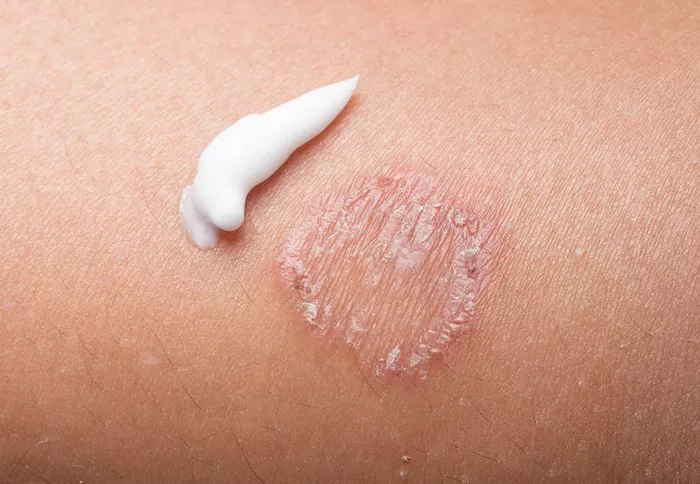Vitiligo, a condition characterized by the loss of skin color in patches, affects millions worldwide, transcending age, gender, and ethnicity. Despite its prevalence, debates persist regarding the necessity of treating vitiligo. Some argue that it’s a benign condition with primarily cosmetic implications, while others advocate for intervention due to potential psychological, social, and medical consequences. Understanding the nuances of vitiligo and its impact on individuals is essential in determining whether treatment is warranted.
The Nature of Vitiligo
Vitiligo results from the destruction of melanocytes, the cells responsible for producing melanin, the pigment that gives skin its color. This destruction can occur due to autoimmune factors, genetic predisposition, environmental triggers, or a combination thereof. The hallmark of vitiligo is the appearance of depigmented patches on the skin, most commonly on sun-exposed areas such as the face, hands, arms, and feet. While vitiligo itself is not physically painful or harmful, its psychosocial impact cannot be overlooked.
Psychological and Social Implications
Living with vitiligo can significantly impact an individual’s psychological well-being and quality of life. The visible nature of the condition may lead to feelings of self-consciousness, low self-esteem, and depression. Social interactions may become strained as individuals grapple with societal perceptions of beauty and normalcy. Children and adolescents with vitiligo are particularly vulnerable to bullying and teasing, which can have long-lasting effects on their mental health.
Medical Considerations
Beyond its psychological effects, vitiligo may pose medical concerns. Individuals with vitiligo are at an increased risk of sunburn, skin cancer, and eye problems, particularly if depigmentation affects sensitive areas such as the lips, eyelids, and genitalia. Furthermore, autoimmune diseases, such as thyroid disorders and diabetes, are more prevalent among those with vitiligo, highlighting the potential systemic implications of the condition.
Treatment Options
Given the multifaceted impact of vitiligo, treatment options aim to repigment depigmented areas, halt disease progression, and address associated psychological distress. Treatment modalities vary depending on factors such as the extent of depigmentation, patient preference, and the presence of comorbidities. Common treatment approaches include:
1. Topical Therapies: Corticosteroids, calcineurin inhibitors, and vitamin D analogs are often prescribed to promote repigmentation by stimulating melanocyte activity.
2. Phototherapy: Ultraviolet (UV) light therapy, including narrowband UVB and psoralen plus UVA (PUVA), can encourage repigmentation by stimulating melanocyte proliferation and migration.
3. Surgical Interventions: Procedures such as skin grafting, micropigmentation (tattooing), and melanocyte transplantation may be considered for localized or refractory cases of vitiligo.
4. Systemic Therapies: In severe or widespread cases, oral medications such as corticosteroids, immunomodulators, and biologics may be prescribed to modulate the immune response and promote repigmentation.
5. Psychosocial Support: Counseling, support groups, and cognitive-behavioral therapy can help individuals cope with the emotional challenges associated with vitiligo and improve their self-esteem and overall well-being.
Individualized Approach
The decision to treat vitiligo should be made collaboratively between patients and healthcare providers, taking into account the individual’s preferences, expectations, and medical history. For some, the cosmetic improvement achieved through treatment may outweigh the risks and inconveniences associated with therapy. Others may opt for a conservative approach, focusing on self-acceptance and coping strategies rather than aggressive intervention.
Conclusion
While vitiligo may not pose a direct threat to physical health, its impact on psychological well-being and quality of life cannot be understated. For many individuals, the decision to pursue treatment is driven by a desire to restore pigmentation, alleviate distress, and improve self-confidence. However, it is essential to recognize that treatment is not mandatory, and individuals should be supported in their choice to embrace or manage their vitiligo according to their unique needs and preferences. Ultimately, the goal of vitiligo management should be to empower individuals to navigate the challenges posed by the condition and lead fulfilling lives regardless of their skin pigmentation.

























